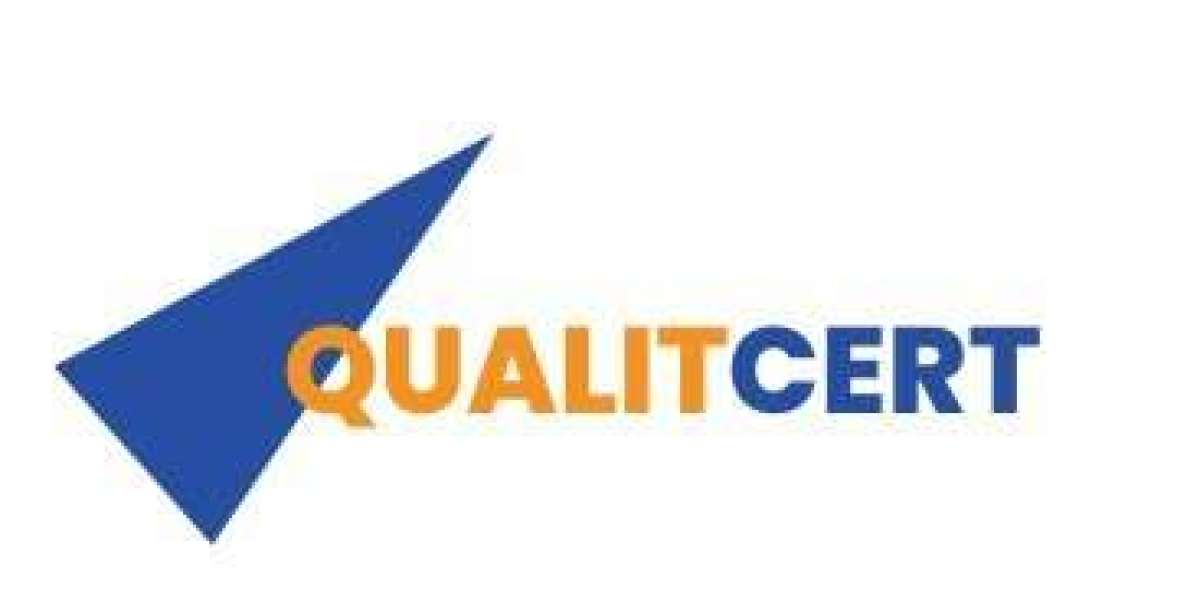Introduction
The aquaculture industry is a vital sector in global food production, offering a sustainable alternative to wild-caught seafood. However, the growth of the aquaculture feed market faces multiple challenges that impact its expansion, efficiency, and sustainability. From rising costs of raw materials to regulatory hurdles, numerous barriers hinder the development of this market. This article explores the key barriers that restrain the growth of the aquaculture feed industry and their implications for stakeholders.
High Cost of Raw Materials
One of the most significant barriers to the aquaculture feed market is the high cost of raw materials. Essential ingredients such as fishmeal, fish oil, soybean meal, and other plant-based proteins are subject to fluctuating prices. The demand for fishmeal and fish oil often exceeds supply, leading to price surges that make feed production expensive. Moreover, geopolitical issues, climate change, and supply chain disruptions contribute to volatility in raw material availability, further complicating cost management.
Sustainability Concerns and Environmental Impact
Sustainability issues pose another major challenge in the aquaculture feed sector. The excessive use of fishmeal and fish oil depletes marine resources, leading to ecological imbalances. Additionally, agricultural feed ingredients like soy and corn contribute to deforestation and land degradation. There is increasing pressure from environmental organizations and policymakers to adopt sustainable alternatives, such as insect-based proteins, algae, and single-cell proteins. However, these alternatives often require further research and investment before they can be commercially viable and widely adopted.
Stringent Regulatory Frameworks
The aquaculture feed market is subject to strict regulatory frameworks, which vary across different regions. Government agencies impose stringent requirements concerning feed composition, additives, and safety standards. Compliance with these regulations requires extensive testing and certification, adding to production costs and creating barriers to market entry. Additionally, frequent changes in policies and regulations can disrupt supply chains and make it difficult for manufacturers to plan long-term investments.
Lack of Standardization in Global Markets
The lack of standardized regulations and guidelines across different countries makes it challenging for feed producers to enter new markets. Different nations impose varying restrictions on the use of feed additives, antibiotics, and genetically modified ingredients. This inconsistency creates hurdles for companies trying to expand their operations internationally. Moreover, the absence of global standardization leads to discrepancies in product quality, affecting consumer confidence and market competitiveness.
Limited Availability of Alternative Protein Sources
As the industry seeks to reduce reliance on traditional fishmeal and fish oil, the search for alternative protein sources has intensified. While promising alternatives such as algae-based feeds, insect protein, and microbial proteins exist, their large-scale production and commercial adoption remain limited. Factors such as high production costs, technological constraints, and limited consumer acceptance slow down the transition to sustainable feed ingredients.
Disease Outbreaks and Biosecurity Challenges
Disease outbreaks in aquaculture pose a major threat to feed market stability. Contaminated or low-quality feed can contribute to disease proliferation, causing significant economic losses for fish farmers. Biosecurity measures, including stringent feed production practices, are essential to prevent disease transmission. However, implementing these measures requires additional investment in research, monitoring, and technology, which may not be feasible for all market players, particularly small and medium enterprises (SMEs).
Technological Barriers and R&D Constraints
While technological advancements can revolutionize the aquaculture feed industry, several barriers hinder innovation. Research and development (R&D) require substantial funding, which is often difficult to secure. Additionally, new feed formulations and processing technologies must undergo rigorous testing before gaining regulatory approval, delaying market entry. The slow adoption of automation and digital technologies further limits efficiency improvements within the sector.
Market Competition and Price Sensitivity
The aquaculture feed market is highly competitive, with major multinational corporations dominating the industry. Smaller companies often struggle to compete due to limited financial resources, higher production costs, and brand recognition challenges. Moreover, price sensitivity among aquaculture farmers means that they may opt for cheaper, lower-quality feed options, which can negatively impact fish health and growth rates. This price-driven market dynamic creates challenges for premium feed producers trying to promote sustainable and high-nutrition products.
Logistics and Supply Chain Disruptions
The aquaculture feed market heavily relies on efficient supply chains to transport raw materials and finished products. Any disruption in logistics—whether due to natural disasters, trade restrictions, or political instability—can significantly impact the industry. The COVID-19 pandemic highlighted vulnerabilities in the global supply chain, causing delays in feed production and distribution. Ensuring a resilient supply chain remains a critical challenge for industry stakeholders.
Consumer Awareness and Acceptance
Consumer perception plays a crucial role in shaping the aquaculture industry. While demand for seafood continues to rise, there is growing concern over the environmental and ethical implications of aquaculture feed ingredients. Misinformation and skepticism about genetically modified organisms (GMOs), alternative proteins, and feed additives can hinder market adoption. Educating consumers about the benefits of sustainable aquaculture feed is essential for fostering acceptance and driving industry growth.
Conclusion
The aquaculture feed market is at a crossroads, facing multiple barriers that impact its growth and sustainability. While challenges such as high raw material costs, regulatory restrictions, and disease outbreaks persist, ongoing innovation and investment in sustainable solutions can help overcome these obstacles. Industry players must collaborate with policymakers, researchers, and farmers to develop efficient and eco-friendly feed solutions. By addressing these barriers, the aquaculture feed market can achieve sustainable growth and support the global demand for seafood in a responsible manner.








